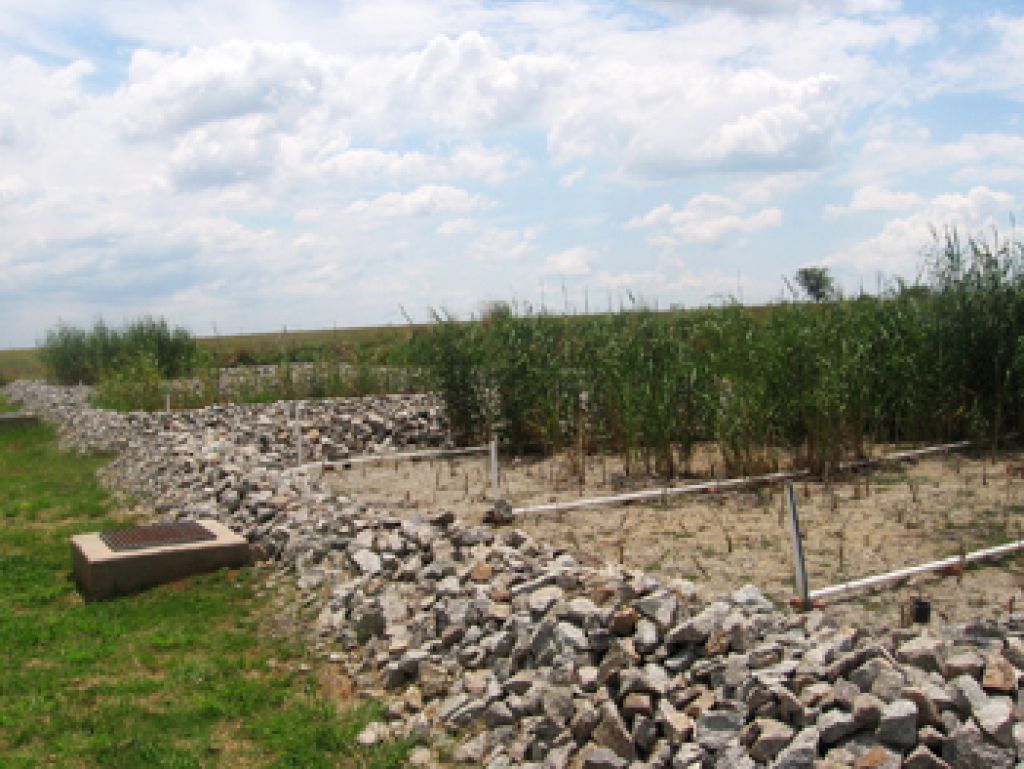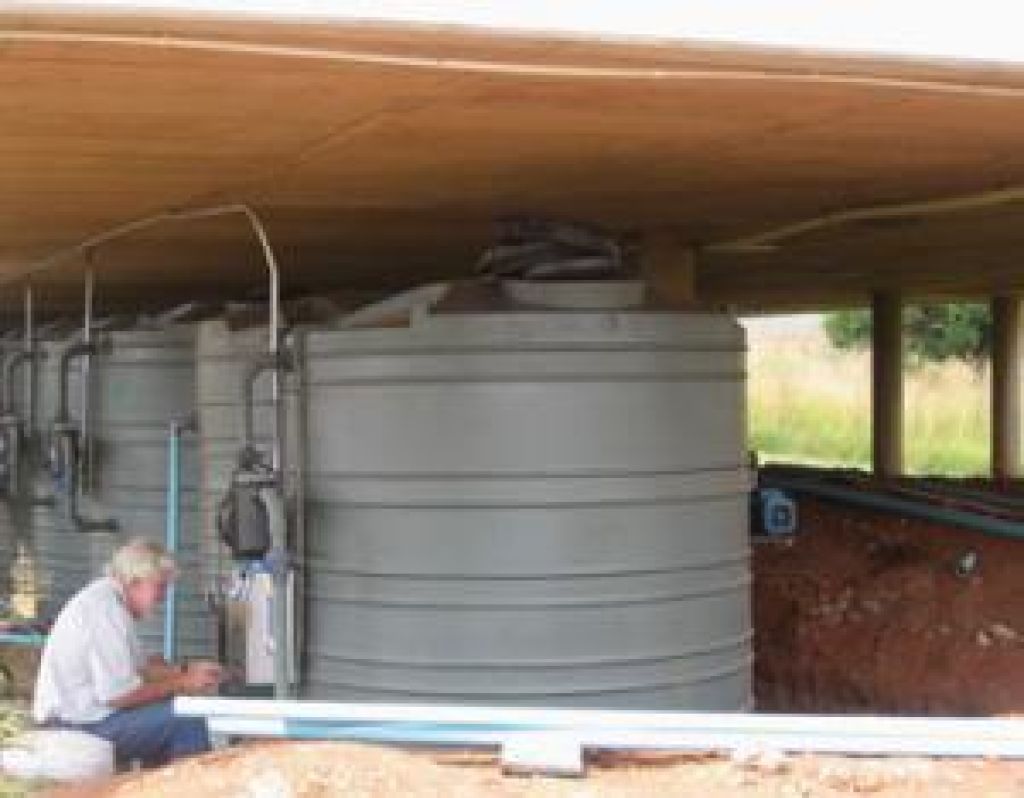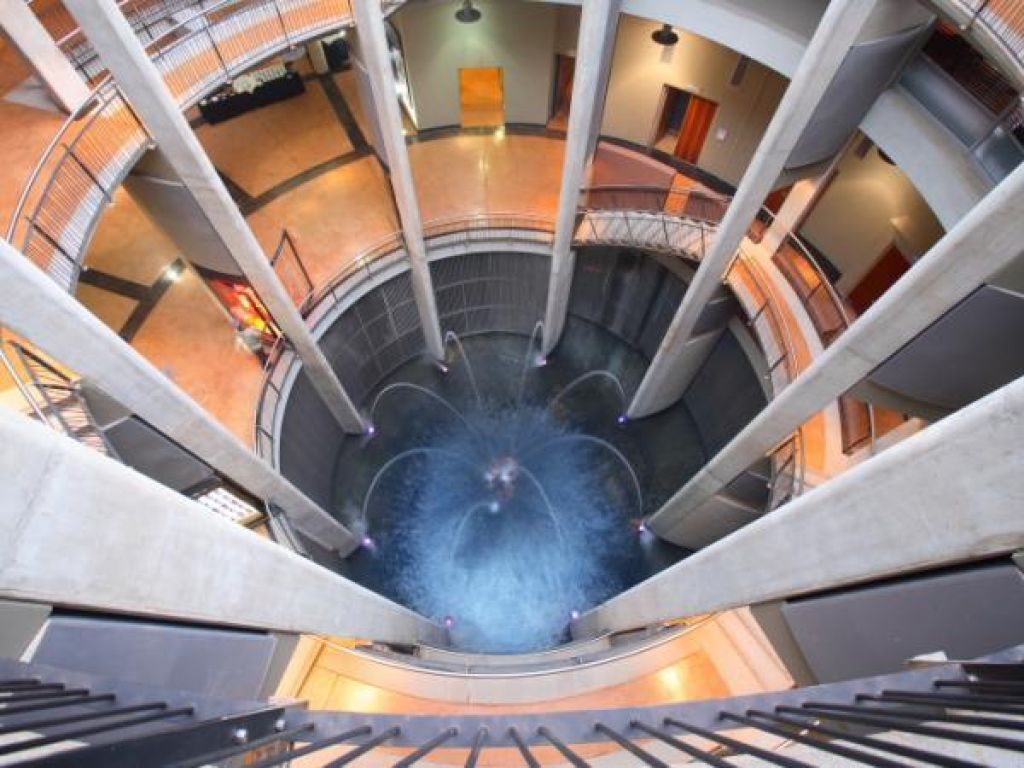What Water Week 2013 means at Maropeng
Then imagine not being able to bath, or shower, or even brush your teeth whenever you want; or being thirsty, so thirsty that when you swallow your throat constricts and your tongue sticks to the bottom of your mouth.
It’s not great imagining a world without water, is it?
Although extreme, these examples illustrate what could happen if we don’t make an effort to conserve the water resources we have.
Five things you didn’t know about Maropeng and water
Initiatives such as National Water Week, which runs from 18 to 24 March, World Water Day on 22 March and National River Day on 25 March are designed to raise awareness of the immeasurable value of Earth’s life-giving liquid resource. What is Maropeng doing to help grow awareness of water conservation and preservation?
Maropeng has its own brand of bottled water
Guests at the Maropeng Hotel, delegates on conference at the Tumulus Restaurant, and those buying bottled water from Sterkfontein’s tuck shop will notice that Maropeng sells its own brand of bottled water. The water is sourced from a clean system nearby and is bottled locally too. The bottles are made from recyclable plastic, and the labels encourage proper recycling practices.
Recycling initiatives within the Cradle of Humankind World Heritage Site prioritise waste collection (plastics, paper, glass and tin), sorting and recycling, which in turn have created job opportunities in the area.
Maropeng maintains its own wetland system

“Both the grey and the black waste water from Maropeng properties go through our wetland system and come out crystal clear at the Magalies Gate waterhole,” says Maropeng managing director Tony Rubin.
“As the waste water passes through the constructed wetland, it is filtered and purified. Once purified, the water can be used for irrigation and is also suitable drinking water for livestock and game,” he says, adding that the purified water looks clear and has no smell.
“We test the water regularly. Last month the test samples showed zero evidence of E. coli and coliforms, citing ‘too few to count’ as a test reference,” he adds.
“We’re also looking at a potential process for our kitchen where food waste will be broken down and transformed into matter suitable for composting.”
Maropeng Hotel encourages guests to use water responsibly
“We encourage patrons and guests of the hotel to use water responsibly,” says Rubin.
Apart from visual reminders for the guests to be water conscious and turn off taps properly, the hotel also makes use of water-wise shower heads, which limit the amount of water pumped through the system while a person is showering.
Sterkfontein Caves employs a waste-water purification system
At the Sterkfontein Caves, an ozone water-purification system has replaced septic tanks, providing a far more eco-friendly solution to waste-water management at the heritage site. The system uses ozone to accelerate the bacterial breaking down of solids and to sterilise the water.

“We no longer need to have the effluent removed from the septic tanks on a weekly basis, which has effected significant cost savings and is a positive contribution to Maropeng’s greening initiatives.”
Water systems located in the Cradle of Humankind World Heritage Site are monitored regularly
The Tweelopiespruit made headlines in 2011 as a source of toxic water in the Cradle of Humankind World Heritage Site. For almost a decade, noxious acid mine drainage (AMD) had seeped into the Tweelopiespruit water system, poisoning the waterways within the heritage site.
After a national outcry, the Council for Scientific and Industrial Research (CSIR) compiled a damning report of the effects of AMD, stating that fossil sites Bolt’s Farm and Sterkfontein Caves were vulnerable to the poisonous water.
The uncontrolled decant of AMD into the spruit has ceased. The last recorded outflow was on 9 October 2012.
Today the CSIR, in conjunction with the Cradle of Humankind Management Authority, monitors the water quality in the area.
“Maropeng takes water conservation and sound environmental practices very seriously,” says Rubin. “As a World Heritage Site, we need to set an example for the rest of society. We need to educate our children so they start thinking that this is the way forward. We need to look at what we’re putting back into our environment.”
Other green projects close to Maropeng’s eco-friendly heart include biodegradable packaging and eating utensils; rechargeable torch batteries used by Maropeng’s tour guides; conference notepads and pencils made using recycled paper; low-energy lighting; and a variety of preservation efforts to protect indigenous fauna and flora in the area.

